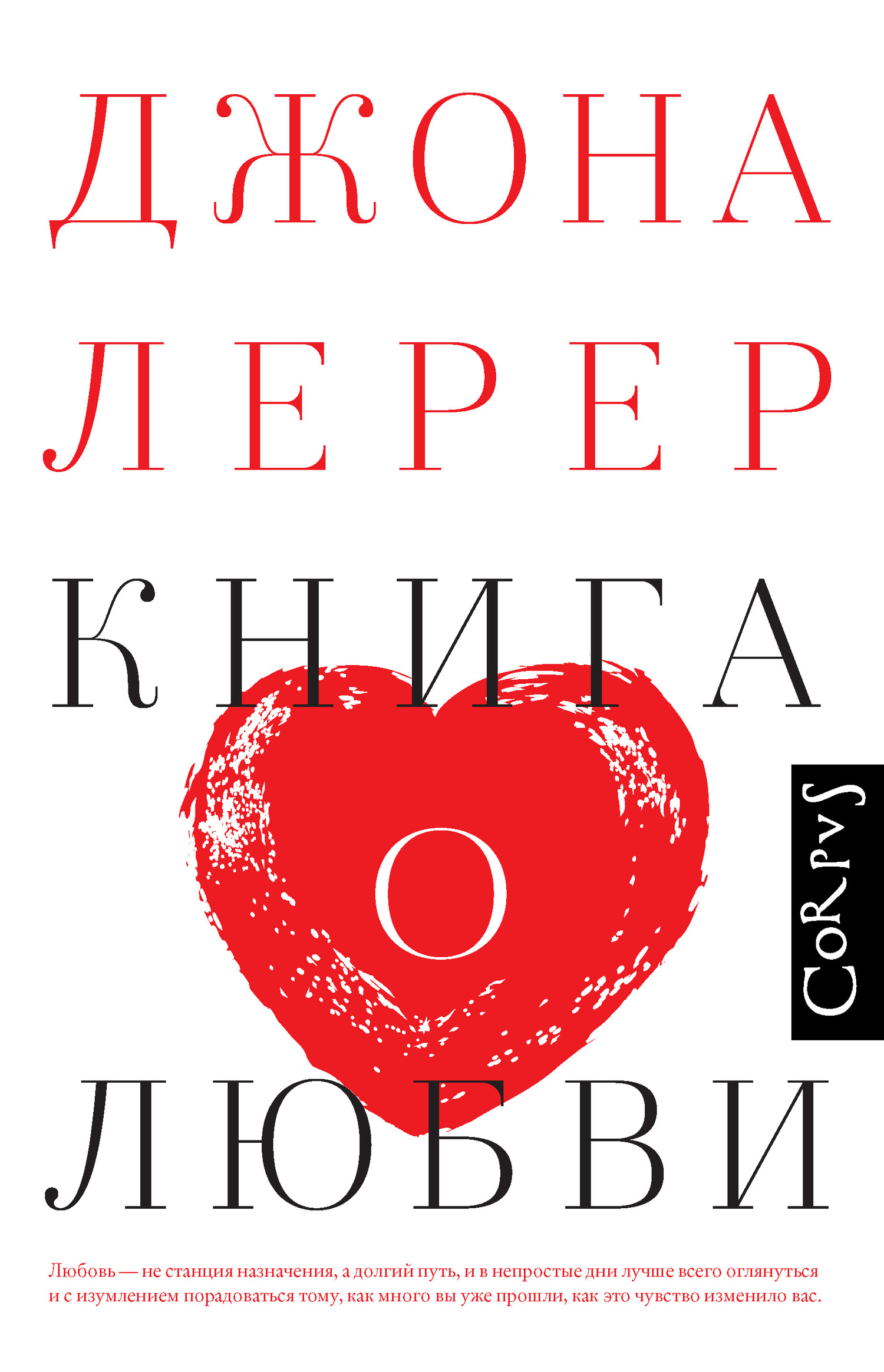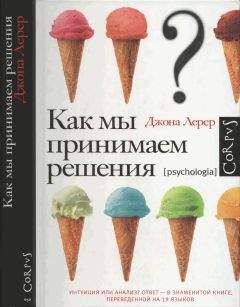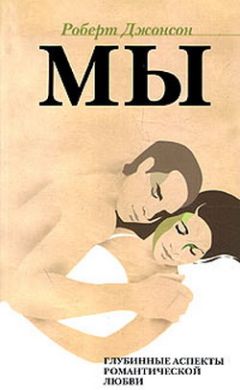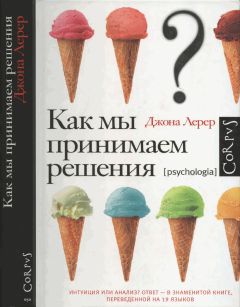они могут означать, что ваш жених не тот человек, который вам нужен. Эмма в романе Джейн Остин, например, утверждает: “Я полагаю за общее правило, Гарриет, что, ежели женщина сомневается, принять ли ей предложение, ей следует, конечно же, ответить отказом. Коль скоро она не решается сказать «да», ей следует напрямик сказать «нет»”.
Eugenides J. The Marriage Plot. New York: Farrar, Straus and Giroux, 2011. P. 22.
http://www.pemberley.com/janeinfo/brablt15.html.
Farr W. Vital Statistics: A Memorial Volume of Selections from the Reports and Writings of William Farr. London: Sanitary Institute, 1885. P. 396.
Цит. по: Stroebe W., Stroebe M. S. Bereavement and Health: The Psychological and Physical Consequences of Partner Loss. Cambridge: Cambridge University Press, 1987. P. 3.
http://www.nytimes.com/2010/04/18/magazine/18marriage-t.html; Johnson N. J. et al. Marital status and mortality: The national longitudinal mortality study // Annals of Epidemiology 10.4 (2000): 224–238; Kaplan R. M., Kronick R. G. Marital status and longevity in the United States population // Journal of Epidemiology and Community Health 60.9 (2006): 760–765.
Coyne J. et al. Prognostic importance of marital quality for survival of congestive heart failure // The American Journal of Cardiology 88 (2001): 526–529.
Grove W., Hughes M., Briggs Style C. Does marriage have positive effects on the psychological well-being of the individual? // Journal of Health and Social Behavior 24 (1983); http://wrap.warwick.ac.uk/315/1/WRAP_Oswald_finaljpubecwellbeingjune2002.pdf; Peterson Chr. et al. Orientations to happiness and life satisfaction: The full life versus the empty life // Journal of Happiness Studies 6 (2005).
Seligman M. Authentic Happiness. New York: Atria Books, 2003. P. 187; Finkel E. J. et al. A brief intervention to promote conflict reappraisal preserves marital quality over time // Psychological Science 24.8 (2013): 1595–1601.
Grover Sh., Helliwell J. F. How’s Life at Home? New Evidence on Marriage and the Set Point for Happiness. Cambridge, MA: National Bureau of Economic Research, 2014.
Kumari M. et al. Association of diurnal patterns in salivary cortisol with all-cause and cardiovascular mortality: Findings from the Whitehall II study // Journal of Clinical Endocrinology & Metabolism 96.5 (2011): 1478–1485; Jarcho M. R. et al. Dysregulated diurnal cortisol pattern is associated with glucocorticoid resistance in women with major depressive disorder // Biological Psychology 93.1 (2013): 150–158; Hackett R. A., Steptoe A., Kumari M. Association of diurnal patterns in salivary cortisol with type 2 diabetes in the Whitehall II study // Journal of Clinical Endocrinology & Metabolism 99.12 (2014): 4625–4631.
Slatcher R. B., Selcuk E., Ong A. D. Perceived partner responsiveness predicts diurnal cortisol profiles 10 years later // Psychological Science (2015), doi:10.1177/0956797615575022.
Christakis N., Allison P. Mortality after the hospitalization of a spouse // New England Journal of Medicine, February 16, 2006; Elwert F., Christakis N. The effect of widowhood on mortality by the causes of death of both spouses // American Journal of Public Health 98 (2008).
Darwin Ch., Burkhardt Fr., Smith S. The Correspondence of Charles Darwin. Vol. 5. Cambridge: Cambridge University Press, 1990. P. 24.
Darwin Fr. Reminiscences of the everyday life of my father // The Autobiography of Charles Darwin. Cambridge: Icon, 2003. P. 97–98.
Heiligman D. Charles and Emma: The Darwins’ Leap of Faith. London: Macmillan, 2009. P. 200.
Desmond A., Moore J. Darwin. London: Penguin, 1991. P. 662.
Ibid. P. 661. Интерлюдия.
Updike J. The Early Stories. New York: Knopf, 2003. P. 441. (Здесь и далее рассказы Джона Апдайка цит. в переводе А. Кабалкина. – Примеч. перев.)
Ibid. P. 372.
Begley A. Updike. New York: HarperCollins, 2014. P. 236–238.
Updike J. Why Write? // Picked-Up Pieces. New York: Knopf, 1975. P. 31.
Updike J. Endpoint. New York: Knopf, 2009. P. 10.
Begley A. Updike. P. 351.
Updike J. The Early Stories. New York: Knopf, 2003. P. 792.
Ibid. P. 797.
Ibid. P. 798.
Begley A. Updike. New York: HarperCollins, 2014. P. 356.
Updike J. Couples. New York: Random House, 1996. P. 111.
http://www.census.gov/prod/2011pubs/11statab/vitstat.pdf.
Hetherington E. M., Kelly J. For Better or for Worse: Divorce Reconsidered. New York: W. W. Norton, 2003. P. 40.
Ibid. P. 7.
Ibid. P. 3
Wooten I. L. Hetherington’s groundbreaking work shows how families cope with divorce: http://www.virginia.edu/insideuva /2000/09/hetherington.html.
Ibid.
Hetherington E. M., Kelly J. For Better or for Worse: Divorce Reconsidered. New York: W. W. Norton, 2003. P. 5.
Friedman H., Martin L. The Longevity Project. New York: Hudson Street Press, 2011. P. 83.
Ibid. P. 80.
Wallerstein J. S., Blakeslee S. Second Chances: Men, Women, and Children a Decade after Divorce. Boston: Ticknor & Fields, 1989. P. xvii.
Ibid.
Чем объяснить такую разницу? Наука может только строить осторожные предположения, опираясь на статистические данные. Уоллерстайн считает одним из главных факторов риска возраст ребенка на момент развода. Тяжелее всего переживают разрыв родителей дети в раннем подростковом возрасте. “Подростки вновь и вновь говорят нам, как для них важно иметь крепкую семью, как важно им чувствовать себя защищенными”, – пишет Уоллерстайн в своей книге “Вторые шансы”. И вот их лишают этого. Зачастую такие дети чувствуют себя покинутыми, они не могут перенять опыт родителей по части романтической любви и вынуждены познавать эту сферу жизни самостоятельно. Это подтверждают и выводы Миннесотского многолетнего исследования риска и адаптации: в подростковом





